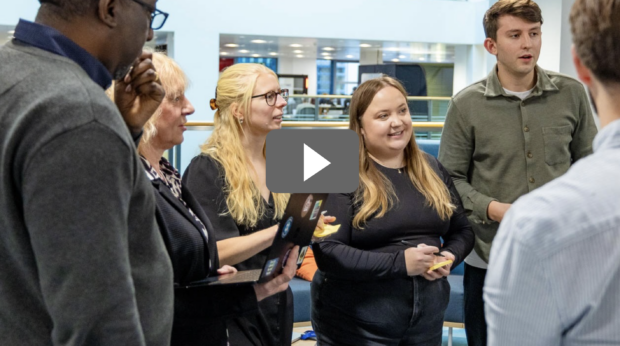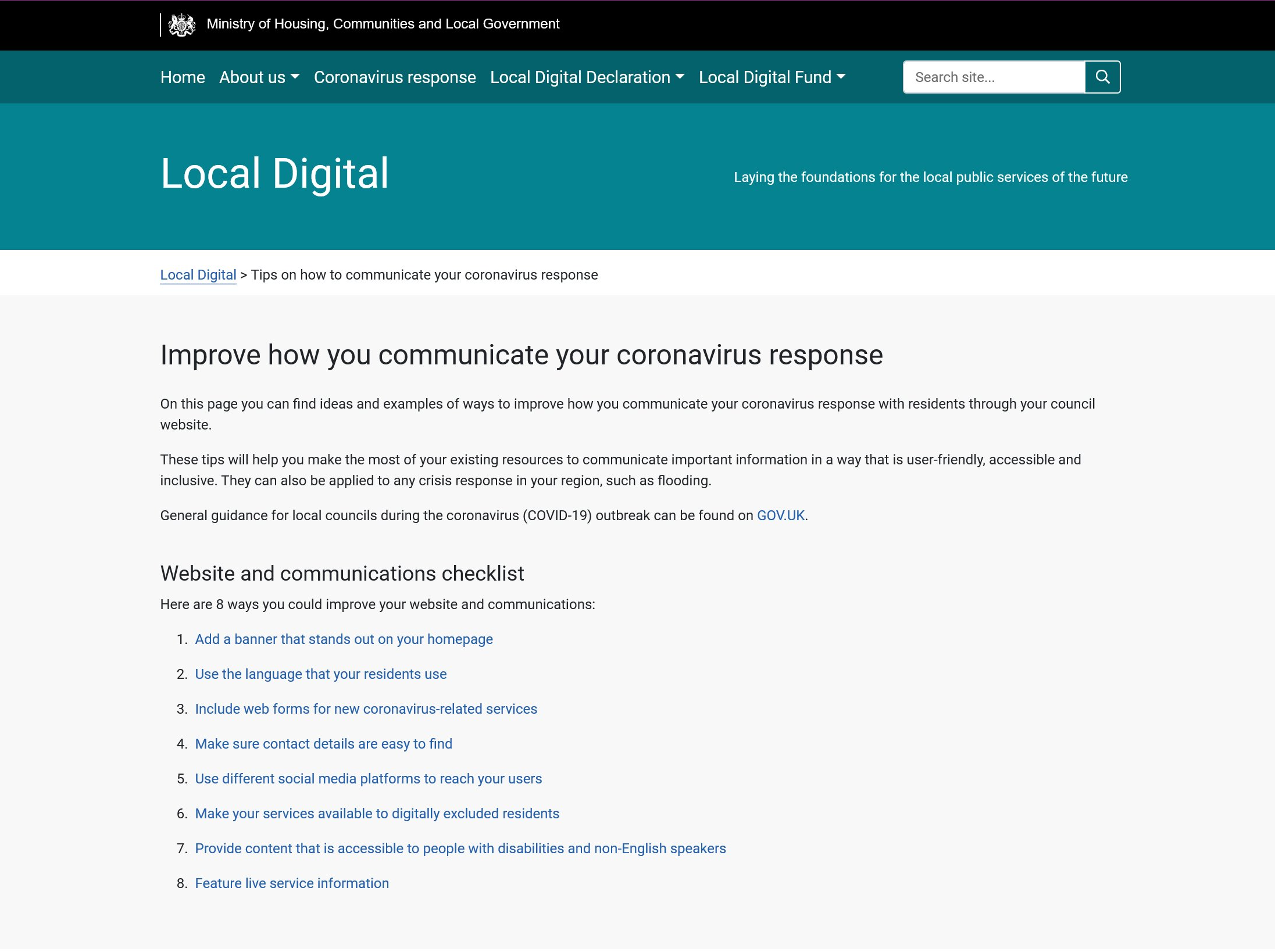
The Local Digital team have been running regular calls for local government during which we’ve heard the many different ways councils are responding to COVID-19. While this has given us a good overview, we wanted to dig deeper to identify any areas in which we might offer support and advice.
In April, the team carried out desk research to review the website of every council in England. Our goal was to find out how councils are presenting information about their COVID-19 support to residents, understand the most effective approaches, and to publish examples of good tips for improving the presentation of vital coronavirus information.
In this blog post, we want to share some of the key takeaways and outcomes from our research. It’s important to note that most of our reflections are based solely on what is possible to learn from visiting a council’s website. To gain a better understanding of how councils have set up their services and to supplement our research, we also conducted interviews with councils across the country. We present some of the findings in this blog post and will share more detail on what we’ve learned in the coming weeks.
Focusing our scope
We focused on the two high impact areas that affect residents: how to get help if you’re vulnerable and how to volunteer in your local area.
We visited every local authority website, gathering data on how councils provide these two services, and which channels they are using to promote them to residents.
Getting help - what we discovered
The vast majority of councils (90%) advertise a dedicated phone line, an email address, and a webform for residents that are looking for help with food, prescription collections and an array of other services.
A small minority (2%) only had a dedicated phone line or an email address, while 8% of websites provide several ways of contacting them and offer additional information, such as links to local support organisations including food banks.
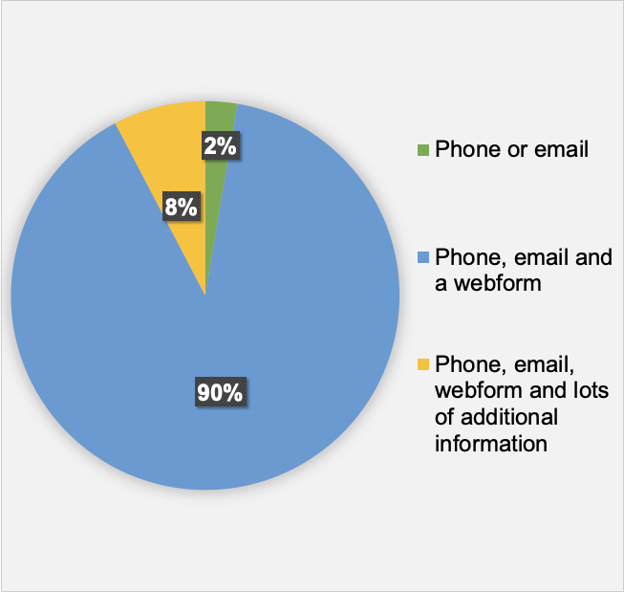
Most councils have information that is easy to find, in many cases signposting visitors to the content from a COVID-19 banner on their homepage.
We also discovered that there is a wide variety of approaches to helping vulnerable people get the support they need.
Many councils, such as Gloucestershire, have created centralised hubs that other councils in the area link to. This approach ensures that everyone has access to the same services and gets a consistent service.
Some councils are directing people to GOV.UK pages for information on national services and getting support if you are vulnerable. Other councils have set up a dedicated phone line that people can call if they need help, some of which are available 24/7.
Volunteering - what we discovered
The majority of councils (61%) advertise a dedicated phone line, an email address, and a webform on their website for people wanting to volunteer.
Around one third (36%) only had a dedicated phone line or an email address. A small percentage (3%) of councils advertise several ways of contacting them and often with additional information, such as links to voluntary groups in the area, including GoodSAM and other charities.
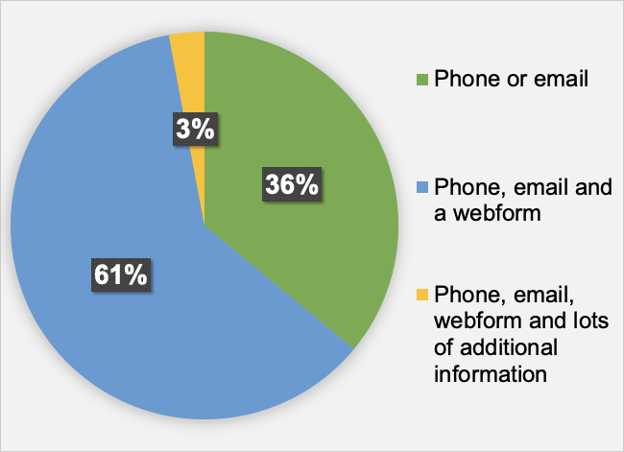
Our research has shown that most local authorities have some provision in place to allow people to register as a volunteer. Some councils reported having too many volunteers and have temporarily closed down their registration systems.
Supplementary user research to understand offline channels
We then conducted research interviews with local authorities to gain a wider understanding of how they are supporting their residents during this time.
From this research, we found that some local authorities are sending their residents postcards containing key information, such as how to get help locally or from the government. We plan to publish another blog post on this research soon.
Looking sideways to find guidance
Countries, cities and local government bodies from the UK and around the world are trying to find the best way to support their residents and provide them with the information they need.
We looked at 30 websites across 10 countries to find out if there is any guidance for local government bodies on how to publish advice and information to residents. In the UK we looked at devolved governments, the private sector, health, and local government sector organisations. Worldwide, we explored the websites of English-speaking countries and those that are known to be leaders in the digital world.
What we found
There is a lot of guidance available to help councils respond to COVID-19 from LGA, central government and from us at Local Digital. However, there is no one source of advice to council web teams on how to convey information to their users - these teams are simply expected to know what to do.
We found several great examples of sharing and collaboration, such as the Canadian Digital Service sharing the code for their newly built services and hackathons being run in multiple countries, but they only tackle part of a problem. There is no comprehensive advice on how to talk to your users about getting help or allowing people to volunteer.
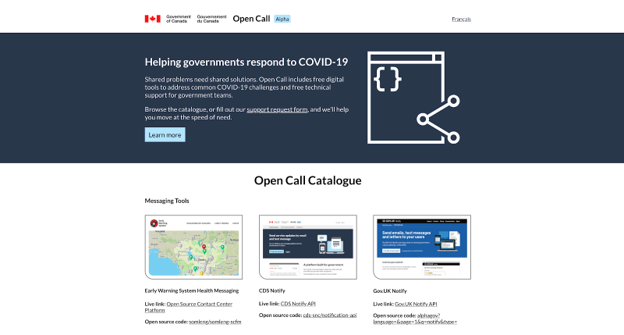
How we’re using this research
We believe that our research is not finished, as council websites are continually improved and new bits of guidance are published every day. Below is what we have found so far.
Using the information to improve services
As part of our research, we gathered links from council websites that direct users to information on how to get help and how to volunteer.
This data was incorporated with TheyHelpYou.co.uk’s data (a crowdsourced Covid-19 lookup service) and was used by the Government Digital Service to create two web services to signpost users to local services: Find out what you can do if you’re struggling because of coronavirus and Volunteer locally during coronavirus.
Co-designing guidance
We know that there is no singular way of providing information to residents, however, our research has enabled us to see a wide range of approaches and identify some particularly effective examples.
Using examples from councils across England and user feedback from 8 councils, we have collated tips and advice on how councils can tailor their websites and communications channels to meet the needs of their residents.
We've been working on guidance to help #localgov communicate their #COVID19 response. Join us for a #LocalDigital show & tell to have your say and find out more.
📅 Wednesday 13 May, 1.00pm - 2.00pm
Email events@localdigital.gov.uk for joining details. pic.twitter.com/oWzAk4Pgwv
— Local Digital UK Gov (@LDgovUK) May 12, 2020
Taking the form of a checklist, the guidance includes tips such as using language that is familiar to users, and using banners to signpost visitors to key information on your website.
Visit the Local Digital website to read the tips now!
How to get involved
We are keen to continue building on this guidance to make sure it remains useful to councils.
If you have any questions, comments or would like us to include any additional information or examples, please get in touch:
- Email us support@localdigital.gov.uk
- Keep an eye on our Eventbrite page for upcoming workshops
- Follow us on Twitter @LDgovUK
- Sign up to our fortnightly newsletter

